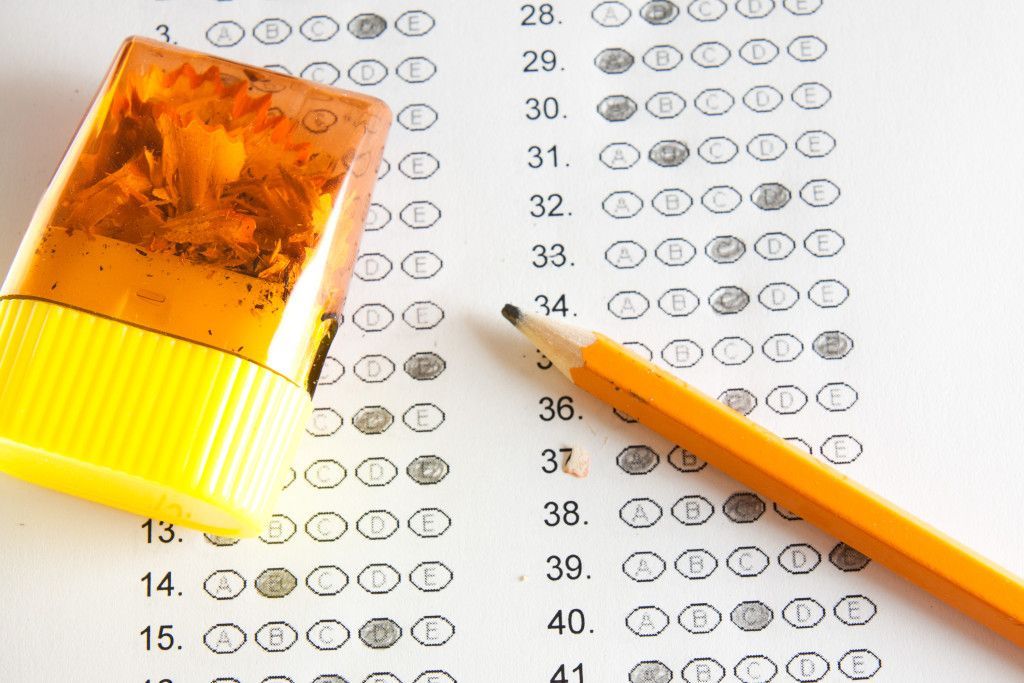MOTIVATING TODAY’S STUDENTS (A TWO-PART SERIES)
In researching the internet to inspire this blog, I stumbled across many articles that talk about how unmotivated students are today when compared to past years. Several articles indicate that students are distracted, unmotivated, or simply lazy. While many blame the advances in technology for poor student performance in the classroom, I say, “Why place blame?”
Rather than wasting time pointing fingers at the culprit, I believe that our time could be spent more effectively if we challenged ourselves to fix the situation. If students are unmotivated, how can we get them motivated?
Before we can answer the question of how to motivate a student, we must discover why the student is unmotivated. Much like a mountain climber, we must understand the terrain before we can plan the hike. Only then will we be successful.
Jim Wright, M.S., is the creator of an online website called Intervention Central (www.interventioncentral.org). A former school administrator and psychologist, he is now a national speaker, trainer, and consultant. He is also the author of several topics related to RTI (Response to Intervention). In 2012, he gave a presentation in Lake Placid, NY, where he identified several reasons why today’s students are unmotivated.
Let’s explore those reasons.
1. “The student is unmotivated because he or she cannot do the assigned work.”
This is not about whether or the not the student thinks she is capable of doing the work. Rather, the student lacks the necessary skills that are required to do the work. For example, it would be illogical to teach a student multiplication if she does not understand how to do addition. Likewise, a student cannot be expected to make an inference about a story when she is still learning how to read.
2. “The student is unmotivated because the ‘response effort’ needed to complete the assigned work seems too great.”
The student does not want to complete the work because he simply thinks it is too hard or too complicated. This has nothing to do with skills; it is purely attitude. The work may seem to be overwhelming, both in the classroom and on homework assignments. As a result, the student simply shuts down.
3. “The student is unmotivated because classroom instruction does not engage.”
The student is not getting anything out of the class. She may find the material to be dull or boring. It may be that the material is being presented in such a way that she does not understand it. (For example, a hands-on learner would struggle in a lecture hall and could quickly become disengaged.) Or the teacher may not be trying to engage his students, which would allow a student to easily become distracted.
4. “The student is unmotivated because he or she fails to see an adequate pay-off to doing the assigned work.”
“What is the point in learning this? When will I use it in real life?” I remember sitting in Calculus and wondering the same thing all the time. This unmotivated student may decide not to complete classwork because she does not think she will gain anything from it. This could also refer to a class setting where testing compromises the majority of the final grade and homework does not. If a student is aware that their homework assignment will have little effect on his final grade, she may dismiss the idea of completing the work.
5. “The student is unmotivated because of low self-efficacy—lack of confidence that he or she can do the assigned work.”
In this scenario, the student is capable of doing the work, but does not feel that he can do the work. This lack of self-confidence might be coming directly from the student himself or from a secondary source – like parents or teachers. If this student were to overhear a teacher telling his parents, “your student will never understand chemistry,” think of how discouraging that could be. The same could be said if a frustrated parent told their failing student, “You will never amount to anything.” No one should ever have to hear that.
6. “The student is unmotivated because he or she lacks a positive relationship with the teacher.”
It is important for a teacher to establish student rapport early in the session because success depends on it. I remember when my academic advisor in college approached me to join his astronomy class. Even though the subject did interest me, I was still nervous about studying it on a college level. However, I had great rapport with my advisor and felt confident in his capabilities as a professor. As a result, I passed the class with flying colors and had a wonderful time.
So how can we motivate these students? How can we empower them and give them the tools and confidence to succeed in the classroom? What are your thoughts?
I will present the second part of this series soon. Until then, please leave your own suggestions in the comments section. Maybe one of your ideas will inspire someone!
Wright, Jim. “Strategies for Motivating the Struggling Student in Grades 3-12.” Technical Assistance Meeting for Committee on Special Education Chairpersons. Crowne Plaza Hotel, Lake Placid. Intervention Central. Web. 10 Dec. 2014. http://www.jimwrightonline.com/mixed_files/CCSE/wright_15_March_2012_Student_Motiv_PPT.pdf.







